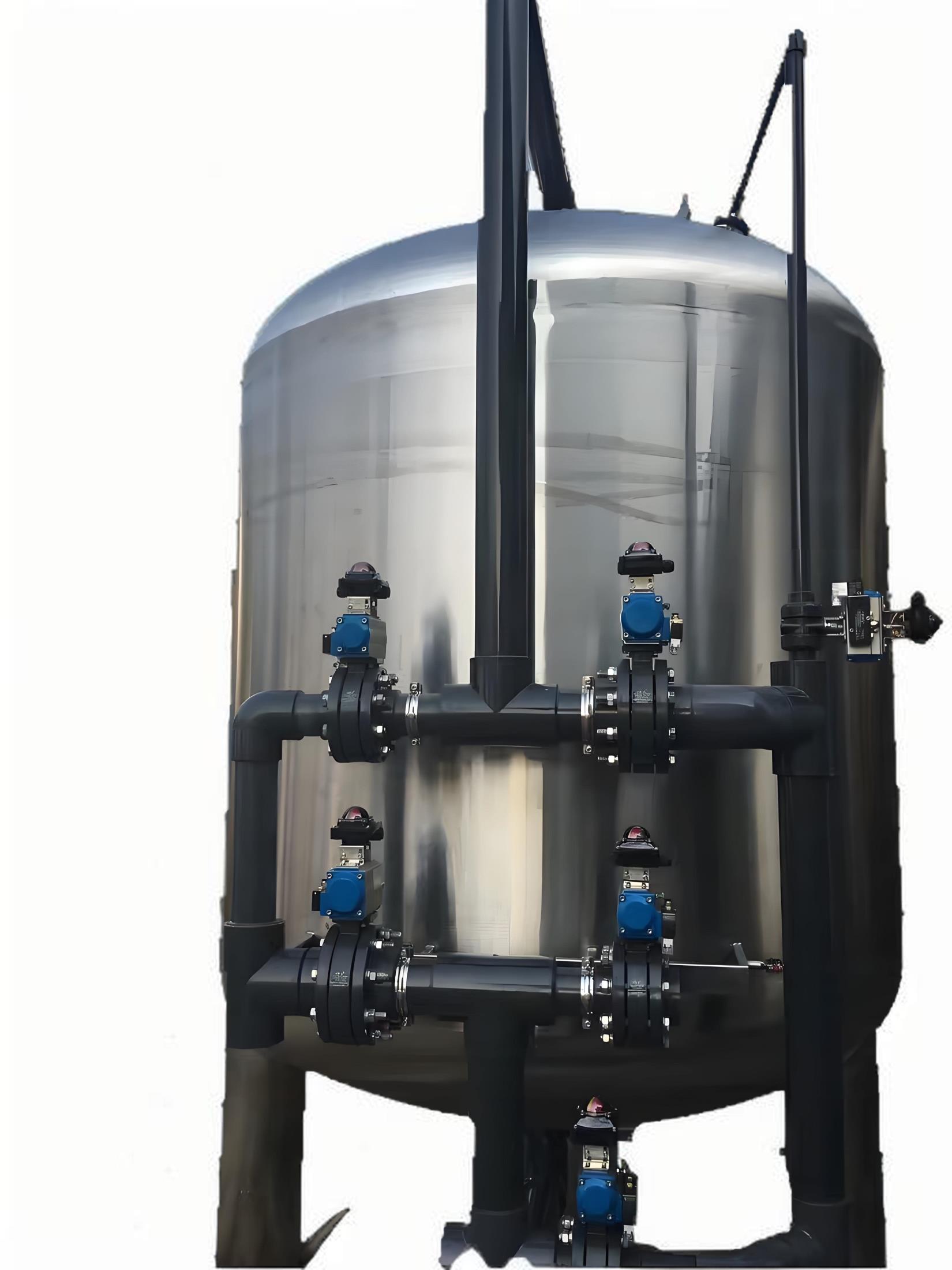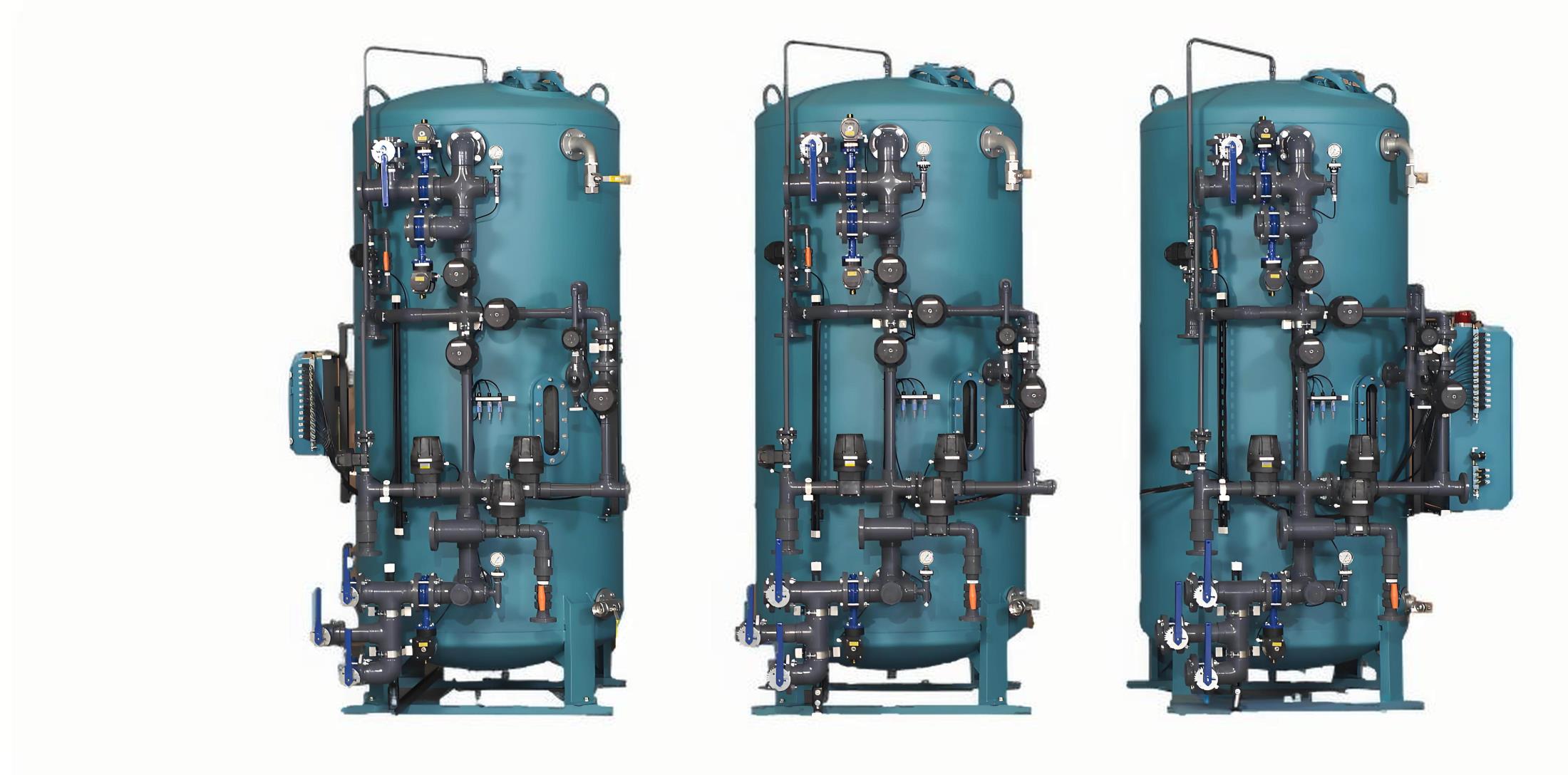The anion bed is an anion exchanger filled solely with anion resins (strongly basic or weakly basic) to absorb anions such as chloride ion, while the cation bed is a cation exchanger filled solely with cation resins (strongly acidic or weakly...
Anion beds and cation beds are two separate types of ion exchange filters that remove dissolved ions from water. Cation beds remove positively charged ions, while anion beds remove negatively charged ions. Mixed beds combine cation and anion resins in a single tank, achieving more thorough purification and producing high-purity deionized water suitable for precision treatment or specific industrial applications.
The primary function of a cation bed is to remove positively charged ions, also known as cations, such as calcium (Ca²⁺), magnesium (Mg²⁺), and sodium (Na⁺), from water.
It works by relying on cation exchange resin, a positively charged material that attracts and captures positively charged contaminants in the water.
Cation beds are often used in conjunction with anion beds in a dual-bed configuration to remove minerals from water.
Anion beds remove negatively charged ions, or anions, from water, such as sulfate (SO₄²⁻), chloride (Cl⁻), and bicarbonate (HCO₃⁻).
Anion beds use anion exchange resin, a negatively charged substance, to capture negatively charged contaminants in the water.
Anion beds are also used in dual-bed systems, typically placed after the cation bed to further achieve desalination.
Mixed beds achieve higher levels of water purity by removing both cations and anions within a single unit.
Mixed beds combine cation and anion resins within a single tank, creating a highly efficient deionized water purification system.
Mixed beds are primarily used to produce ultrapure water for industries such as electronics, pharmaceuticals, and power generation that require extremely low levels of dissolved minerals.


Copyright 2025 All Right Reserved. Hebei Fupeng Environmental Protection Technology Group Co., LTD